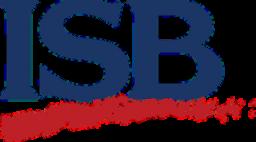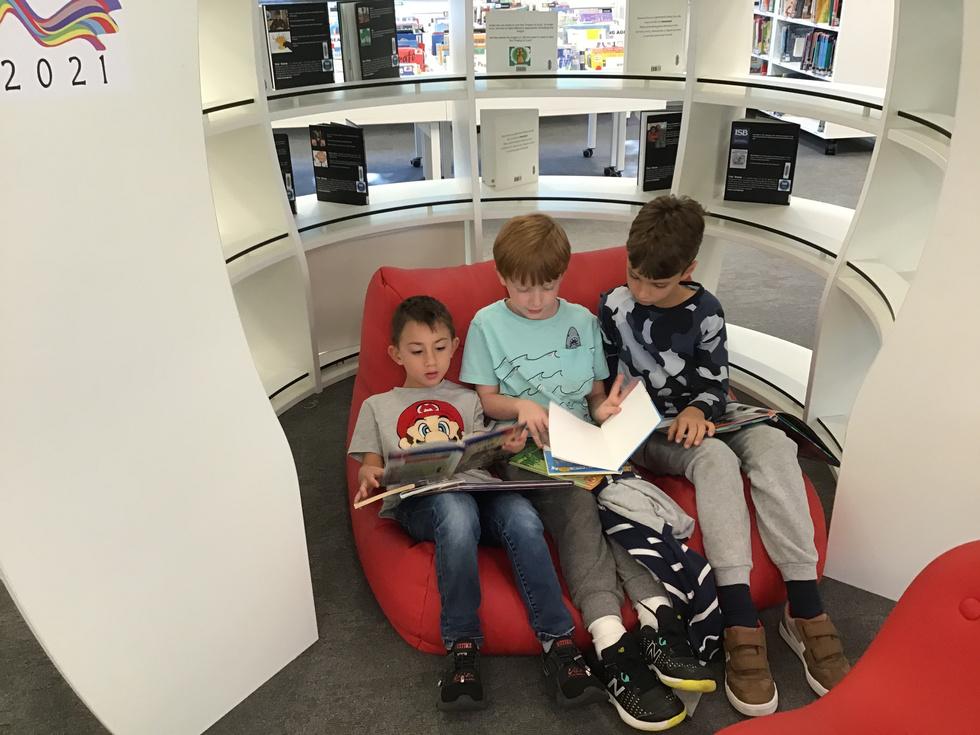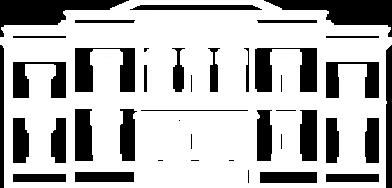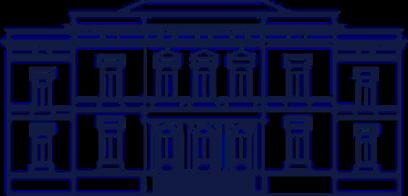GRADE 2 LEARNING MODULES:

Sound and Light
Understanding how sound and l ght are created and modified
Science- Physical Sciences

Learners understand that:
Sound is produced by a range of vibrating sources and the way we sense the sounds (pitch, volume etc) depends on the nature of the vibrations
L ght is produced by a range of sources and can be sensed and used in a variety of ways
Our Action Plants
Understanding
Social studies- Collaborat on and Citizenship

Learners understand that:
Rights on y work when we also ive up to the relevant responsibilities Groups can collaborate to make rules but that sometimes they are given by those n authority Scarcity of resources means we have to make decis ons about how to a locate them and the resulting impact on the communities sharing the resources In a group we can help each other to ach eve a goal sometimes better than we cou d on our own Leaders have power over a group and that deally this entails responsibilities to the group
Understanding the basic needs of plants and how they change and reproduce

Science- Physica Sciences

Learners understand that:
L v ng things (plants) have basic survival needs includ ng food, water and she ter, which are met by their environment (adaptation)
L v ng things (plants) grow, change and have offspring simi ar to themse ves (life cycles)
L v ng things (plants) have a variety of external features (classification)
Understand ng the properties of sound and light allows us to manipulate these phenomena and interact with them
Through this unit students exp ore the phenomena of sound and l ght and their impact on their environment
Students are engaged in a range of hands-on experiments that help them develop and test theories about how sound s produced and how volume and pitch are adjusted They dentify sources of light and exp ore ts basic properties Learners explore relevant informat on from direct experiential sources ( eg observation, experimentat on, fieldwork etc ) us ng strategies such as observing and record ng changes They represent information in ways that support meaning-making using numbers, symbols and pictures
As part of be ng local and globa citizens we have a responsibi ity to understand how our actions may impact others and the role of collaboration in finding effective solut ons and paths forward Understand ng what it means to collaborate and developing our competencies n this area allows us to harness the power of different perspect ves in order to achieve the best result possible Empathy and diverse perspectives play an important role n develop ng sustainable and authentic so utions to oca and global prob ems and issues Through this unit students w ll engage in a design cycle and commit to action and serv ce Learners will explore relevant information from sources involving other peop e (eg texts, interviews etc )
Plants play an important role in the health of our planet By understanding how they grow and what they need to survive we can contribute to a healthy planet As part of this unit students think and act as scientists as they learn about the different parts of a plant and how these features help it surv ve in their natural habitat Learners also conduct hands-on experiments to help them understand the effects that changing a variable such as the amount of sun ight or water, would have on a plant Students continue to deve op their observationa ski ls from pr or units to earn about the life cycle of a plant
RECORD EVIDENCE SYSTEMATICALLY
Learners are ab e to:
re-organ ze evidence co lected from multip e sources in ways that help identify relat onships between pieces of nformation so that patterns, trends and connections can be identified
REASON ACROSS MULTIPLE EXAMPLES
Learners are ab e to:
compare multiple examples / cases / contexts to identify patterns trends and possible generalizations apply general zations n new contexts, considering possibly un que aspects of the context as wel as possible misconceptions
RETHINK UNDERSTANDING
Learners are ab e to:
that our actions can have a posit ve or negative impact on the commun t es that we are part of
M a t h e m a t i c s
Operations and Algebraic Thinking:
Represents and solves problems involving addition and subtraction
Uses addition and subtraction within 100 to solve one- and two-step word problems
Adds and subtracts within 20

Recalls addition and subtraction facts within 20 Determines whether a group of objects (up to 20) has an odd or even number of numbers
Works with equal groups of objects to gain foundations for multiplication
Uses addition to find the total number of objects arranged in rectangular arrays with up to 5 rows and up to 5 columns; writes an equation to express the total as a sum of equal addends Recalls multiplication facts with fluency
Number and Operations:
Understands place value
Recognizes that the three digits of a three-digit number represent amounts of hundreds, tens, and ones Counts within 1000; skip-counts by 5s, 10s, and 100s
Compares two three-digit numbers based on meanings of the hundreds, tens, and ones digits, using > , = , and < symbols to record the results of comparisons
Reads and writes numbers to 1000 using base-ten numerals, number names, and expanded form
Uses place value understanding and properties of operations to add and subtract
Adds and subtracts within 100 using strategies based on place value, properties of operations, and/or the relationship between addition and subtraction
Mentally adds 10 or 100 to a given number 100-900, and mentally subtracts 10 or 100 from a given number 100900 Sequences three-digit numbers to 1000, identifying the number before or after a given number in this range
Measurement and Data:
Measures and estimates lengths in standard units
Measures the length of an object by selecting and using appropriate tools such as rulers, meter sticks, and measuring tapes
Estimates lengths using units of centimeters, and meters
Measures to determine how much longer one object is than another, expressing the length difference in terms of a standard length unit
Relates addition and subtraction to length
Uses addition and subtraction within 100 to solve word problems involving lengths that are given in the same units
Works with time and money
Tells and writes time from analog and digital clocks to the nearest five minutes, using a m and p m Solves word problems involving dollars and coins
Represents and interprets data

Draws a picture graph and a bar graph (with single-unit scale) to represent a data set with up to four categories Solve simple put-together, take-apart, and compare problems using information presented in a bar graph
Geometry:
Reasons with shapes and their attributes
Recognizes and draw shapes having specified attributes, such as a given number of angles or a given number of equal faces
Identifies triangles, quadrilaterals, pentagons, hexagons, and cubes
Partitions a rectangle into rows and columns of same-size squares and count to find the total number of them
Partitions circles and rectangles into two, three, or four equal shares, describe the shares using the words halves, thirds, and describe the whole as two halves, three thirds, four fourths
Mathematical Thinking



